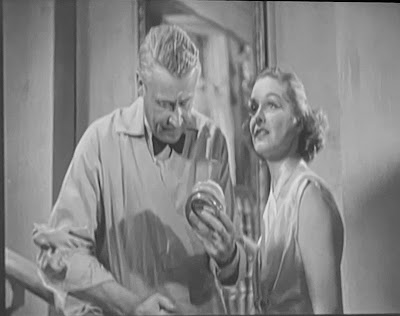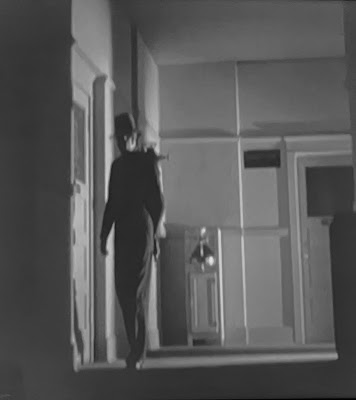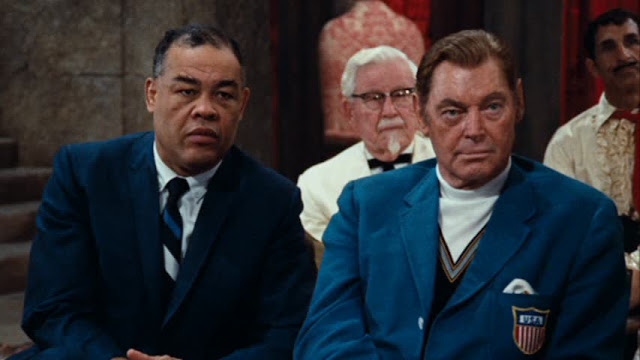Sometimes I run across really strange Alabama "connections", and I've written blog posts about a few of them. One examined boxer Joe Louis' appearance in a very strange 1970 film, The Phynx. I also wrote about Helen Oliver, supposedly a manicurist from Birmingham arrested as a "suspicious person" in New Orleans in 1915. I've probably done some others, but those two will give you the idea.
Now we come to the 1948 film noir Whiplash. Dane Clark is a painter who falls in love with a woman he just met, played by Alexis Smith, who turns out to be married to ex-boxer Zachary Scott, who's in a wheelchair. Clark's character becomes a boxer himself, and the narrative just gets more complex from there. It's a film noir, after all, and actually an enjoyable one.
At one point there's a scene in an upscale nightclub where this trio of ladies sing a piece with some interesting lyrics, which you can read below. As you'll note, Alabama makes a prominent appearance.
I've spent a fair amount of time attempting to track down both the trio and the song. I find no mention of either in the Wikipedia entry, linked above, or at the IMDB. Google searches produced the song's lyrics in an online copy of the script but nothing else, not even a title. I did find reference to someone seeking info on the singers but no answers.
If anyone reading this post has some information, let us know in the comments. The film is an entertaining one, the ladies sing very well and the tune is pretty amusing. Oh, and Eve Arden has a supporting role; her sarcastic comments add a little spice as always.
His father was a gay ranchero from Brazil.
His Papa loved the southern accent of his Mamie.
Every time he heard her speak he got a thrill.
So they were married and they had the cutest baby.
From his Ma he got the southern hi, y'all.
Now he's the perfect combination. Alabama and Brazil.
He's the caballero with the Spanish drawl.
Wow, wow, wow. We're in love with the guy
with the Spanish drawl. Wow, wow, wow.
Until you meet him you just haven't lived at all.
Wow, wow, wow. How we go for the guy
with the Spanish drawl. When he says.
That's my name mucho. You know.
How we go for the guy with the Spanish drawl.










































